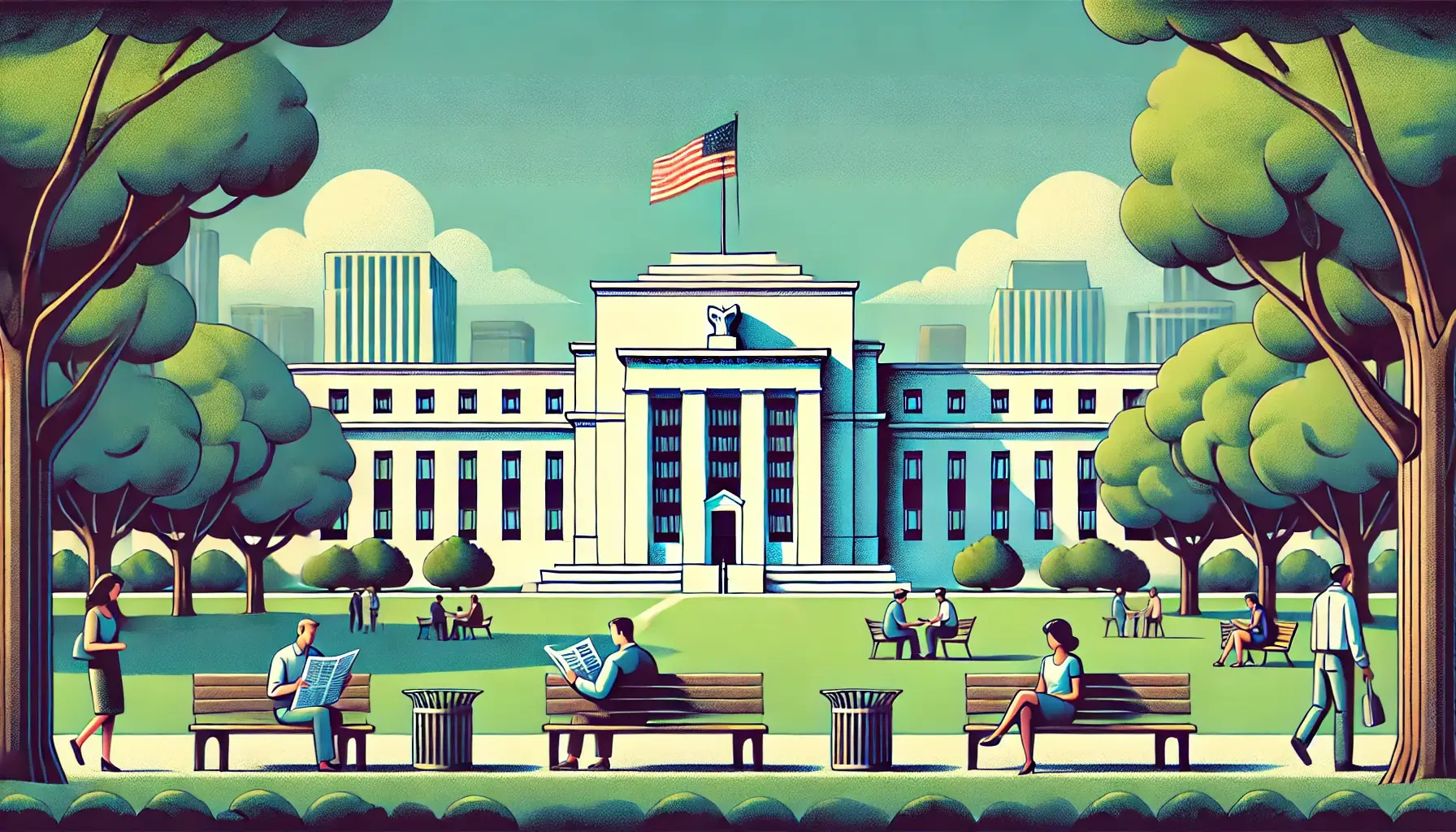The Federal Reserve has opted to keep its monetary policy unchanged, signaling a more cautious stance than anticipated regarding a potential rate cut in September. This decision comes amid mixed economic signals and ongoing debates about the best approach to managing inflation and economic growth.
In its latest announcement, the Fed maintained the current interest rates, reflecting its commitment to assessing economic conditions before making further adjustments. Despite previous indications that a rate cut might be on the horizon, the Fed’s recent remarks suggest that policymakers are wary of making premature moves.
The central bank’s caution stems from several factors. Inflation, although moderated in recent months, remains a concern. The Fed is keen to ensure that any rate changes do not jeopardize the progress made in stabilizing prices. Additionally, recent economic data has been inconsistent, making it challenging to gauge the right timing for a rate cut.
Fed officials have emphasized their focus on remaining data-driven and responsive to evolving economic conditions. They aim to balance the need for supportive monetary policy with the risks of fueling inflationary pressures. This approach reflects a broader strategy to carefully navigate between stimulating economic growth and maintaining price stability.
The market had speculated that the Fed might act more aggressively, but the recent statement underscores a more measured approach. Analysts now anticipate that the Fed will use the coming months to evaluate economic trends and adjust its policies accordingly.
This decision highlights the Fed’s ongoing struggle to adapt its strategies in a complex economic environment. As the central bank continues to monitor inflation and growth, the focus will likely remain on maintaining stability and avoiding abrupt policy shifts. The cautious stance suggests that any significant policy changes will be well-considered and based on comprehensive economic analysis.
Source: Fed Holds Policy Steady, Expresses More Caution Than Expected on September Rate Cut


.png)

.png)


.png)









